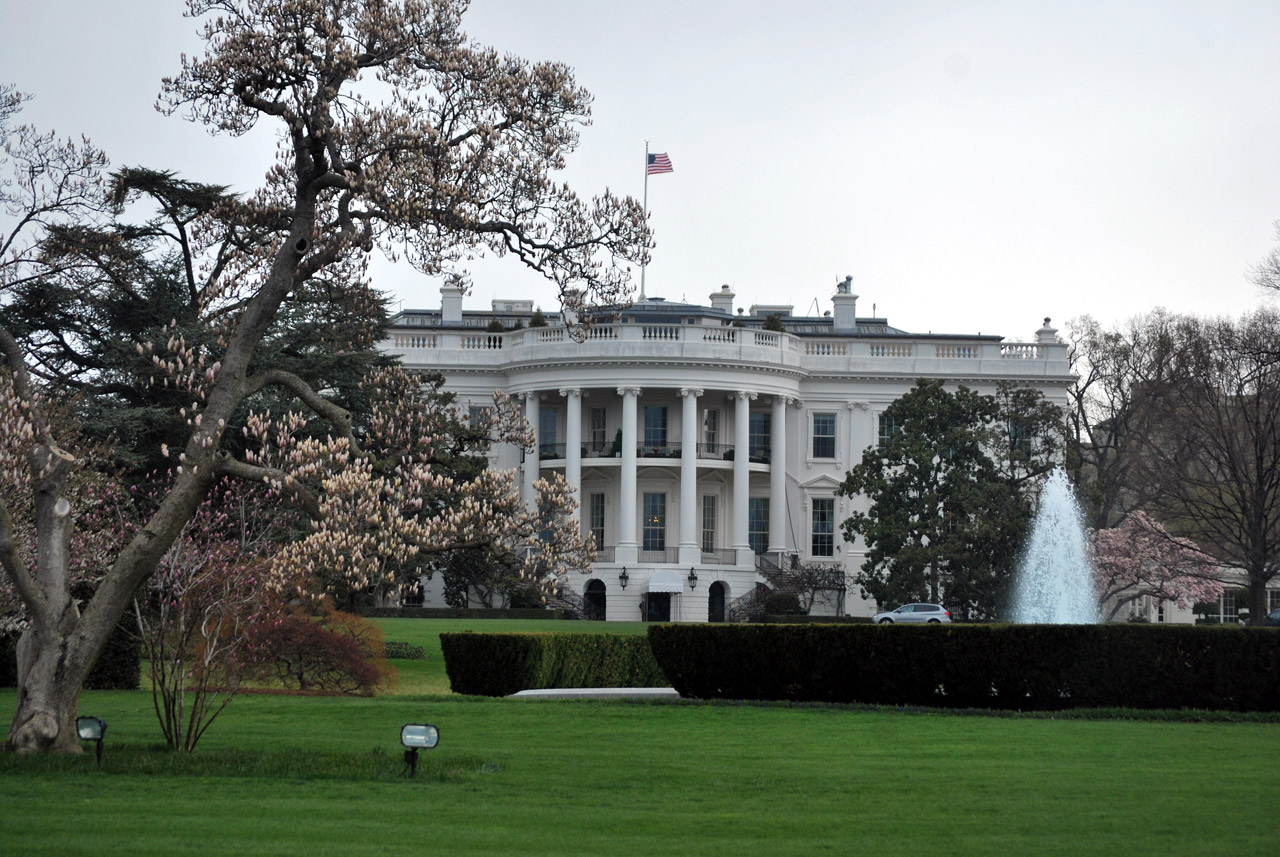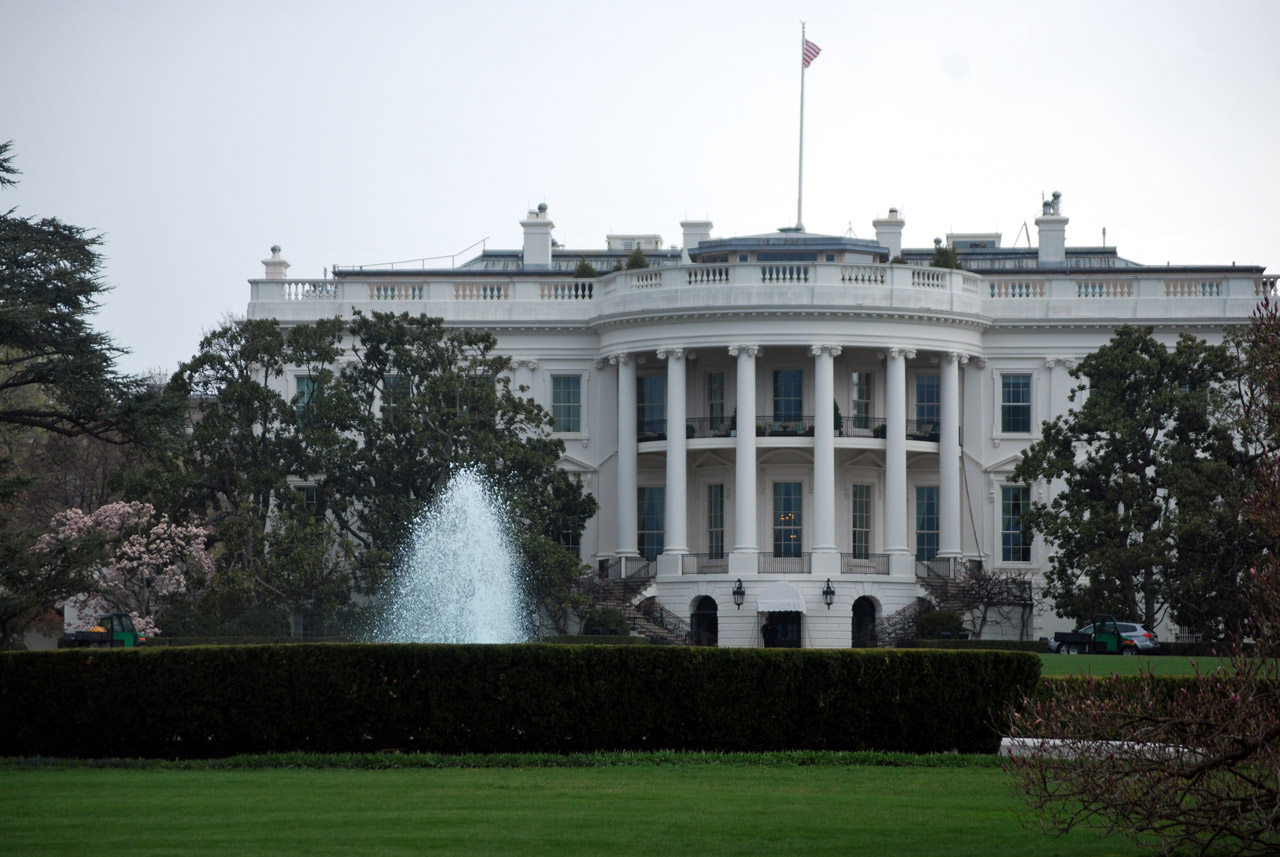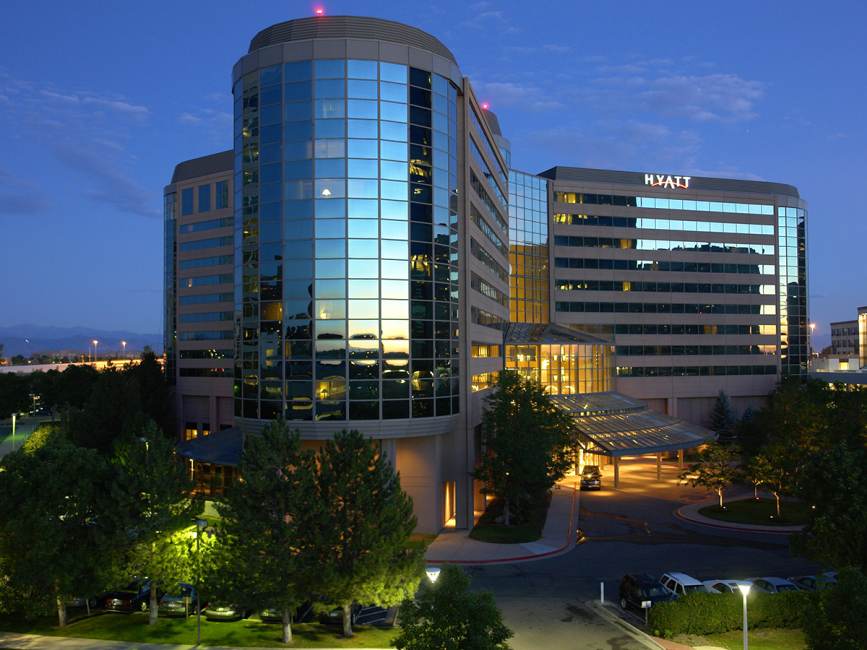Table Of Content

It wasn’t until Hoban left Ireland and emigrated to America that he had a chance meeting with President George Washington in Charleston in 1791. The meeting led the American president to hire Hoban as the designer of the White House. “It was Hoban who convinced George Washington, a man with a passion for the countryside, of the attractiveness of the grand Irish country house as a model for the United States,” the anthology reads.
The Official 2024 White House Christmas Ornament
This included the South Portico in 1824 and the North Portico in 1829, giving the mansion its iconic columned look. The prominent neoclassical national landmark reflects Hoban’s original elegant design over 200 years after its construction. The White House is the official residence and workplace of the President of the United States.
2023 Holidays at the White House - The White House
2023 Holidays at the White House.
Posted: Mon, 27 Nov 2023 14:51:20 GMT [source]
Crossroads of History: Ancient Jordan with Dan Snow
L’Enfant envisioned a majestic house roughly four times the size of the current White House. The residence of the president of the United States is a large neoclassical federal-style mansion, with details echoing Greek classical architecture. Despite two hundred years of disaster, discord, and remodelings, the original design of the immigrant Irish builder, James Hoban, remains intact.
Executive Residence
Hoban returned to rebuild the residence, and while work was completed in 1817, he continued to work on additions for several more years. In 1824, he added the South Portico for James Monroe, and he constructed the North Portico for Andrew Jackson from 1829 to 1830. Hoban was born and trained as an architect in Ireland before immigrating to the United States in the 1780s.
The White House was the scene of mourning after the assassination of Pres. While Mary Todd Lincoln lay in her room for five weeks grieving for her husband, many White House holdings were looted. Responding to charges that she had stolen government property when she left the White House, she angrily inventoried all the items she had taken with her, including gifts of quilts and waxworks from well-wishers. According to whitehouse.gov, members of the American public can tour the White House by scheduling a visit through their member of Congress.

Meet the Man Who Designed and Built the White House
Ironically, the Statue of Freedom that sits atop the Capitol dome was made with the help of Philip Reid, a man enslaved by sculptor Thomas Crawford, who was commissioned to build the statue. According to the Architect of the Capitol, Reid was paid $1.25 a day by the federal government for his contributions. In 2005, Congress put together a task force to shed light on the subject. Chief Architect Alfred Mullett based his design on the imposing Second Empire style architecture that was popular in France during the mid-1800s. He gave the Executive Office Building an elaborate facade and a high mansard roof like buildings in Paris. The interior is noted for its remarkable cast iron details and enormous skylights designed by Richard von Ezdorf.
The deep purple, like on this Berkshires ranch house of designer Annie Selke, has a lasting warmth that’ll make anyone who enters feel welcome. Pair bright versions of them as exterior house colors, and your home will exude a lively energy that’s simultaneously calming. For this San Francisco Victorian, Kelly Finley used Benjamin Moore Imperial Yellow to blend the garage and siding, and Bedford Blue to cover the stairs and front door.
On July 16 President Washington examined at least six designs submitted in the competition. James Hoban, an Irishman whom the president had met a year earlier in Charleston, won the contest. In L’Enfant’s city plan, both the President’s House and the Capitol were to be located at the cardinal points of the city. His original plan proposed that the executive mansion be four times larger than the house that would eventually be built. It would be built on a ridge with a beautiful view overlooking the Potomac toward Mount Vernon, George Washington’s home.
The National Archives Building
Fourthly, the principle of sustainable design has been incorporated into the maintenance and modernization of the White House. This involves optimizing energy performance, protecting and conserving water, enhancing the indoor environment, and reducing the environmental impact of materials. Lastly, the principle of resilience is also employed in constructing the White House.
Here's how the White House would look under these architects - New York Post
Here's how the White House would look under these architects.
Posted: Fri, 27 Oct 2023 07:00:00 GMT [source]
The plans included the location for the future White House, the Capitol to house Congress, and the National Mall. Jefferson planned an arched carriage gate, designed by Latrobe, at the center of the East Wing, but the work was delayed and the mortar would not set in the winter cold. In the spring, the supporting timbers were removed and the stone arch toppled to the ground. The ruins were quietly taken away, leaving a vacant space and an East Wing with two parts for many years. Jefferson often contributed to Latrobe’s designs and occasionally caused the architect some annoyance.
As with many buildings constructed during the founding of Washington D.C., most of the labor was done by enslaved African Americans. The White House is located at 1600 Pennsylvania Ave., in Washington, D.C., perhaps the nation's most famous address. Empowered by the Residence Act of 1790, President George Washington chose the exact spot for the 10-square-mile capital, on the Potomac River's east bank and near the Capitol building. Builders laid the White House cornerstone on October 13, 1792, with the Capitol cornerstone following soon after on August 18, 1793. It is understood that the American people ‘own’ the house, and simply loan it to whoever they elect as president for the length of their term.
This led the mansion’s second occupant, Thomas Jefferson, to propose expanding it by constructing two extensions to the east and west to connect the president’s house with adjacent office buildings. The main building still contains the presidential family’s living quarters and various reception rooms, all decorated in styles of the 18th and 19th centuries. The west terrace contains the press briefing room, and the east terrace houses a movie theatre.
Some people might wonder if the US vice president also lives at the White House. Until the 1900s, the vice president actually lived at his private residence, which was not unexpected due to the few duties of the position. Until the 1920s, for instance, vice presidents were not even invited to attend Cabinet meetings. Only in 1974 did Congress decide to make the Naval Observatory, a residence built in 1893 for the superintendent of US Naval Operations (USNO), the residence of the vice president. However, only in 1977 did Vice President Walter Mondale (under President Jimmy Carter) use the Naval Observatory as a primary residence for the first time. While most presidential work is done in the West Wing, the traditional view of the White House that many Americans hold, with the South Portico, is of the Executive Mansion.
Between 1792 and 1800, James Hoban managed the planning and erection of the White House based on his initial drawings. He closely supervised excavation, stone cutting, and building to adapt to the site’s landscape and material availability without compromising the imposing vision. Hoban made several additions to the White House after its damage in the 1814 burning by the British during the War of 1812.
Although pleasing in its proportions and details, Hoban's design for the White House was not an inspired, creative work of architecture. Rather, its origin in a suitable European prototype, expressing dignity but not opulence, was acceptable to most Americans. Throughout the last two centuries, considerable effort has been expended to maintain at least the symbol of republican simplicity originally desired.

No comments:
Post a Comment